On Sept. 2, 1945, Ho Chi Minh declared the independence of Vietnam from France. The proclamation paraphrased the U.S. Declaration of Independence in declaring, “All men are born equal: the Creator has given us inviolable rights, life, liberty, and happiness!”
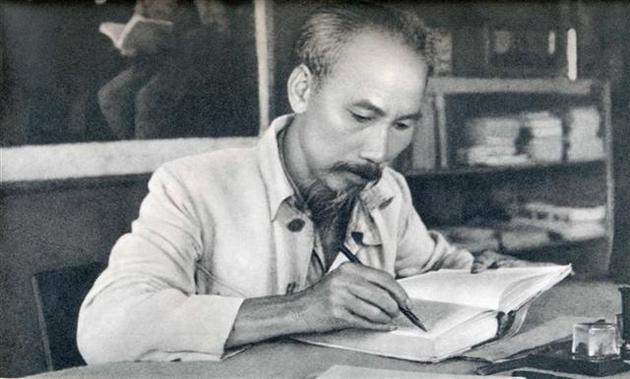
President Ho Chi Minh. (Note that Sept. 2 is also the anniversary of Ho Chi Minh’s death in 1969.)
In Bill Bigelow’s lesson, “Rethinking the Teaching of the Vietnam War,” he explains,
Dr. Tran Duy Hung recounts the Vietnamese independence celebration in Hanoi’s Ba Dinh Square following the Japanese defeat—and occurring on the very day of the formal Japanese surrender aboard the USS Missouri in Tokyo Bay, September 2, 1945: “I can say that the most moving moment was when President Ho Chi Minh climbed the steps, and the national anthem was sung. It was the first time that the national anthem of Vietnam was sung in an official ceremony. Uncle Ho then read the Declaration of Independence, which was a short document. As he was reading, Uncle Ho stopped and asked, ‘Compatriots, can you hear me?’ This simple question went into the hearts of everyone there. After a moment of silence, they all shouted, ‘Yes, we hear you.’ And I can say that we did not just shout with our mouths, but with all our hearts. The hearts of over 400,000 people standing in the square then.”
Dr. Hung recalls that moments later, a small plane began circling overhead and swooped down over the crowd. When people recognized the stars and stripes of the U.S. flag, they cheered enthusiastically, believing its presence to be a kind of independence ratification. The image of the 1945 crowd in northern Vietnam applauding a U.S. military aircraft offers a poignant reminder of historical could-have-beens.
Use Bigelow’s lesson, “Rethinking the Teaching of the Vietnam War” and other resources listed below to teach about this key turning point in Vietnam’s history that is generally left out of textbook accounts of the Vietnam War.

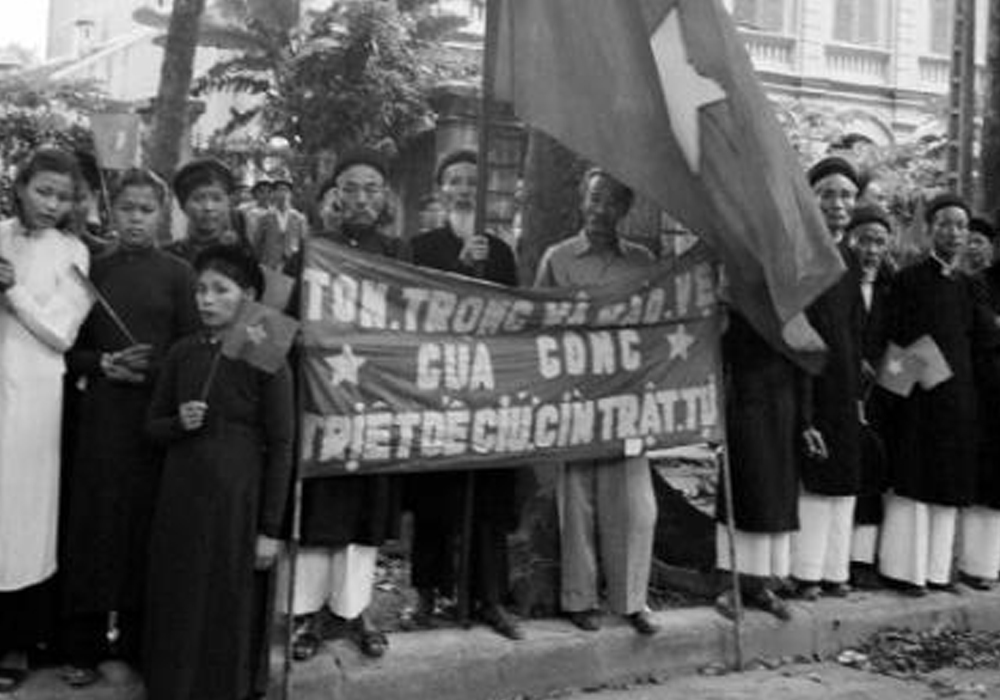
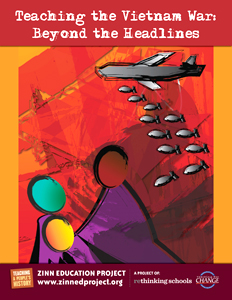
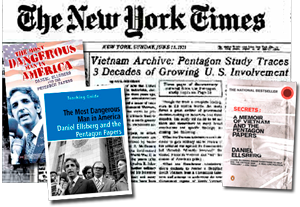
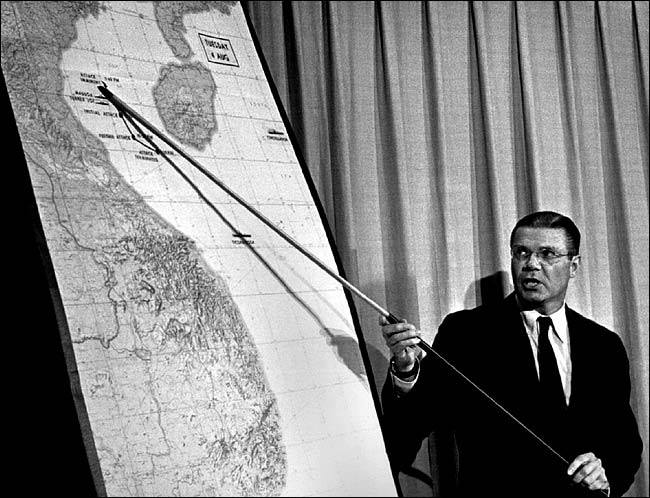

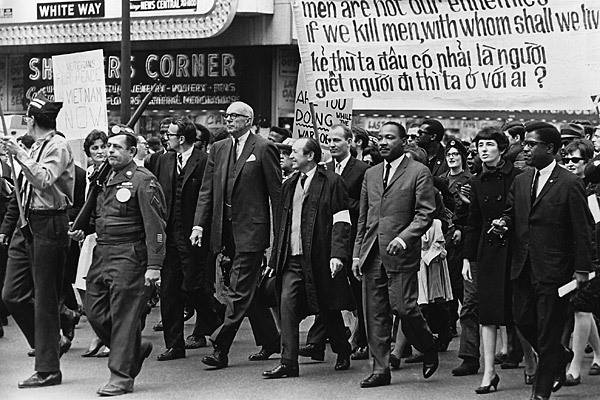
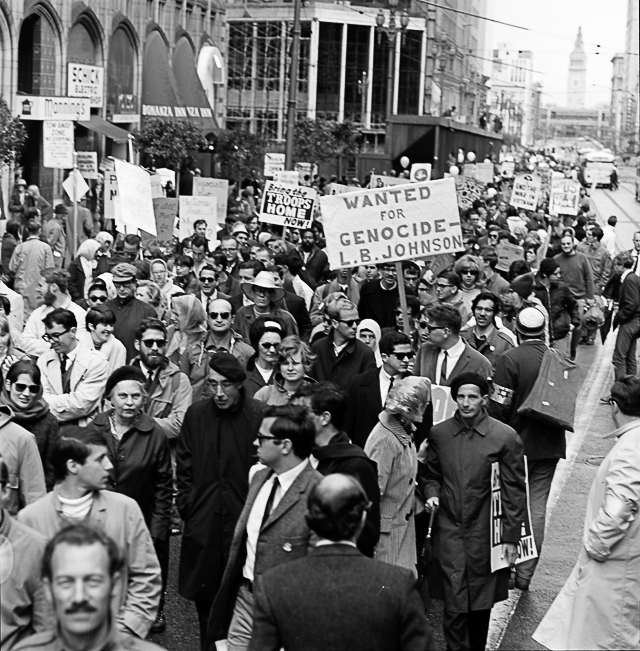
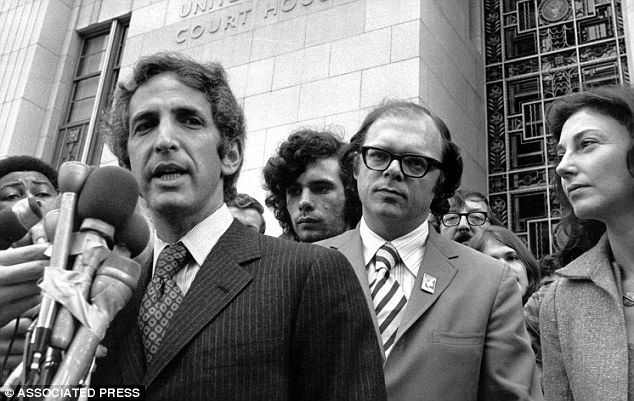
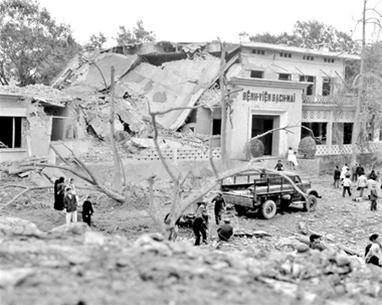





Twitter
Google plus
LinkedIn